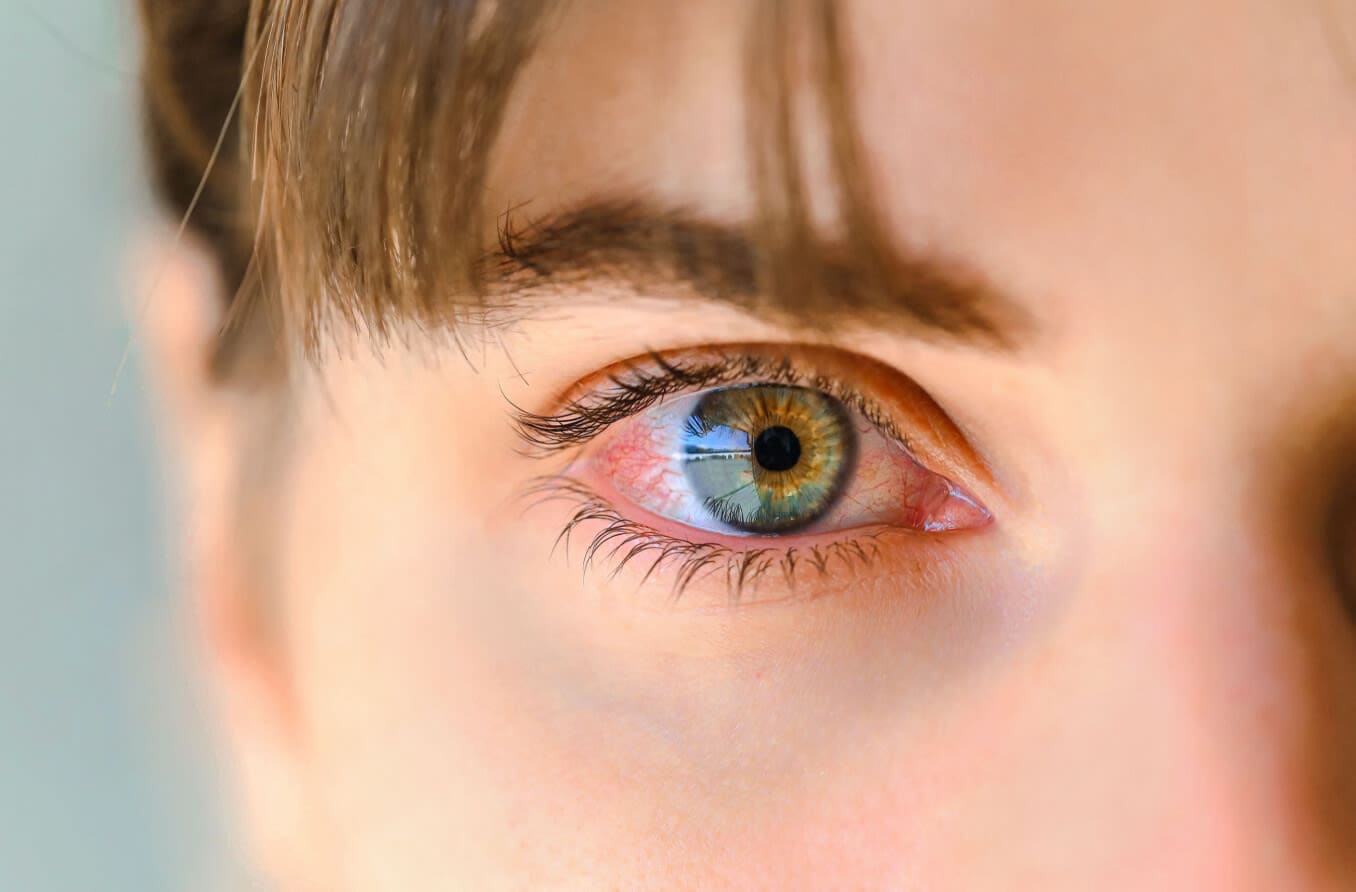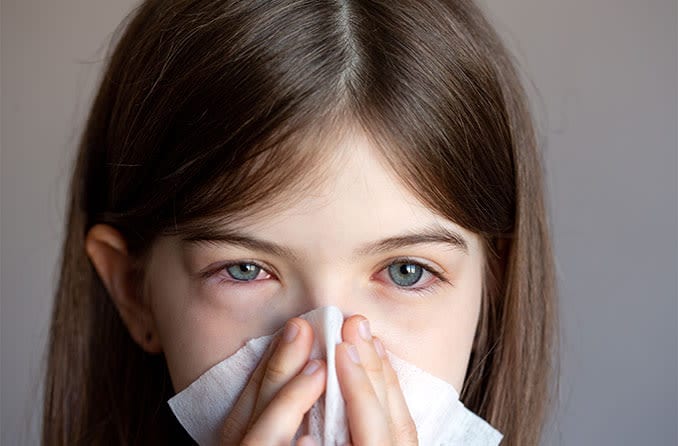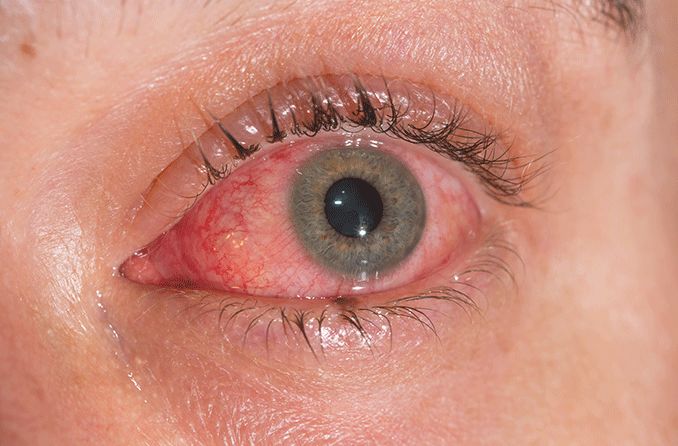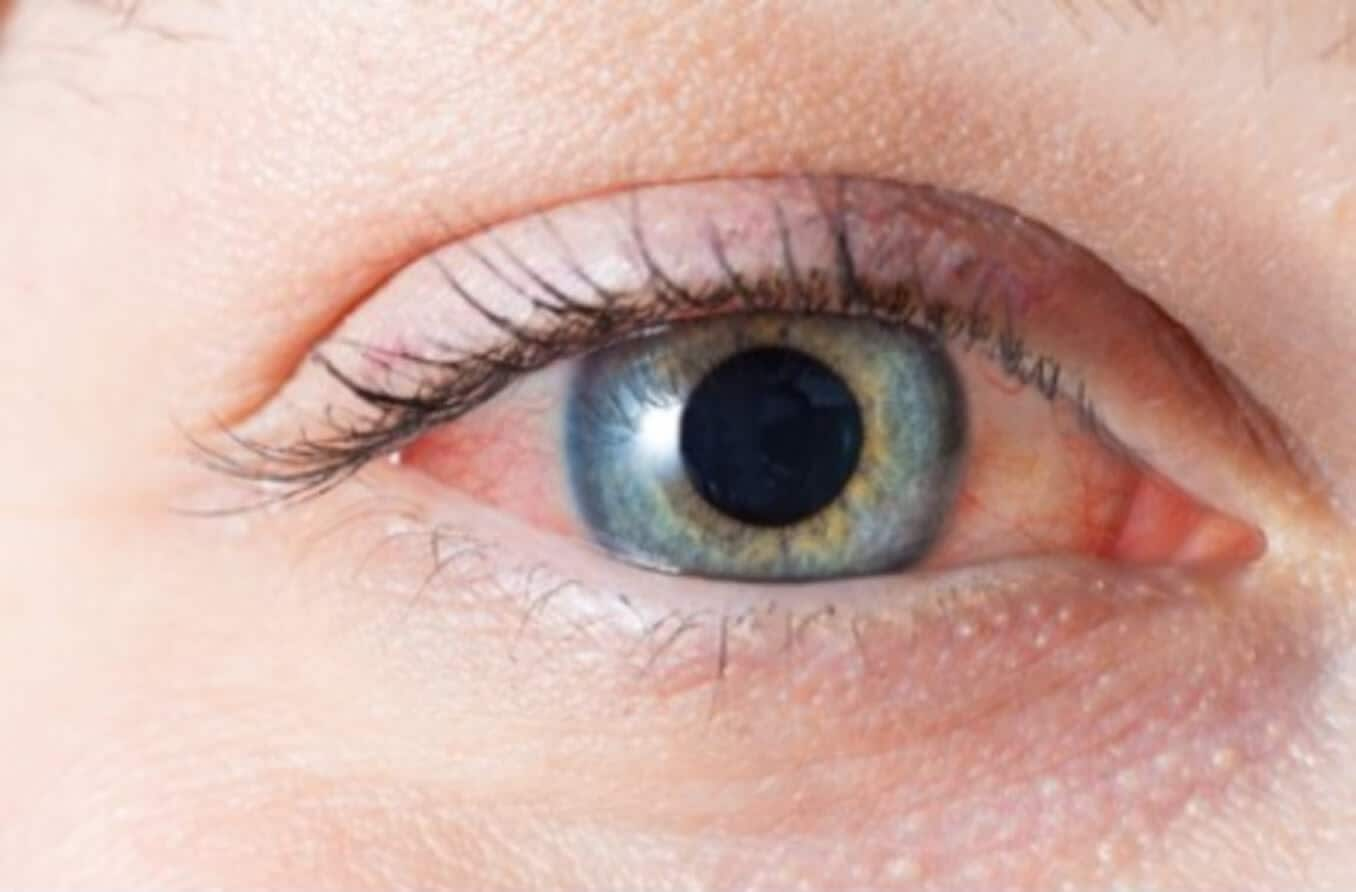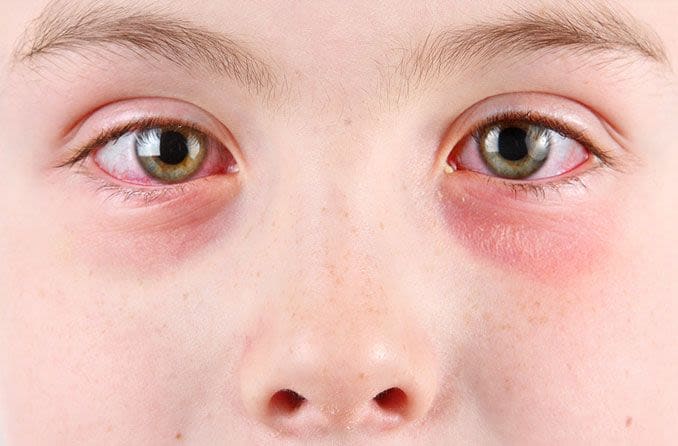Pink eye is not usually extremely painful, but it can be uncomfortable. The most common symptoms of pink eye include:
Itchy eyes
Watery eyes
A burning or stinging sensation in the eyes
A foreign-body sensation (it feels like there is sand or dust under the eyelids)
Slight sensitivity to light
Pink eye symptoms typically only cause mild to moderate discomfort. In other words, you may feel miserable in general, but you shouldn’t feel extreme, intense or sudden eye pain.
In talking about pink eye and eye pain, it’s helpful to explain a couple of important points:
Pink eye vs. conjunctivitis
The first point is that pink eye is only one type of conjunctivitis, even though the name is often used to mean conjunctivitis in general.
There are three main types of conjunctivitis: viral (pink eye), bacterial and allergic. They all cause inflammation of the eye’s conjunctiva, which is a very thin tissue that covers the white of the eye and the inside of the eyelids.
Pink eye and allergic conjunctivitis are not usually painful, but bacterial conjunctivitis can be. While most forms of conjunctivitis have the same basic symptoms, allergic conjunctivitis (which is basically eye allergy inflammation) has the mildest symptoms. The bacterial form has the most severe symptoms (including a sticky, yellowish eye discharge) and may cause serious eye problems if not treated.
Both the Centers for Disease Control and the American Academy of Ophthalmology reserve eye pain as a symptom of bacterial conjunctivitis in their conjunctivitis information.
Eye pain vs. eye discomfort
The second point is that eye pain — especially pain on the surface of the eye — is subjective. Many people do describe burning or stinging eyes as pain rather than discomfort.
The conjunctiva has sensory receptors that send irritation and temperature signals to the brain, such as itching, stinging, dryness and cold. For people with sensitive eyes, dry eye syndrome, or chronic or severe conjunctivitis, the overstimulation of the irritation receptors can start to feel painful.
However, the conjunctiva has fewer of these receptors than some other parts of the eye, and they seem to have a higher threshold for stimulation. This means that if you feel pain in your eyes, it’s possible that the infection is not in your conjunctiva but in another part of your eye.
Many kinds of eye infection can be more serious than conjunctivitis. Any time you have symptoms of an eye infection for more than a week or so, it is important to see an eye doctor, even if you’re not sure you would describe your symptoms as “painful.”
Eye redness and pain
Extreme eye pain and redness could be signs that you have bacterial conjunctivitis or that your conjunctivitis has spread to your cornea. They could also be signs of other serious eye infections. Some cases of bacterial conjunctivitis, as well as eye infections such as uveitis (infections of the uvea) and keratitis (corneal infections), can cause eye damage or even vision loss if they are not treated properly.
Most cases of viral pink eye are not serious and will clear up on their own within a week or two. However, because pink eye shares symptoms with other types of eye infections, it can be hard to tell the difference.
You should see your eye doctor right away if:
Your eyes are extremely red, rather than pinkish-red
You have severe or sudden eye pain
Your infection began after an eye injury or surgery
You have blurred vision
Your have extreme light sensitivity
Pink eye prevention and treatment
Viral and bacterial conjunctivitis are both very contagious as long as symptoms are present. Some of the key steps to prevent spreading or catching conjunctivitis include:
Washing your hands frequently
Avoiding touching your eyes
Not sharing towels, pillowcases or makeup
Treatments for pink eye usually focus on relieving symptoms with nonprescription and at-home conjunctivitis remedies. If you think you might have bacterial conjunctivitis, see your eye doctor immediately. It's usually necessary to treat bacterial conjunctivitis with antibiotic eye drops or topical ointments.


